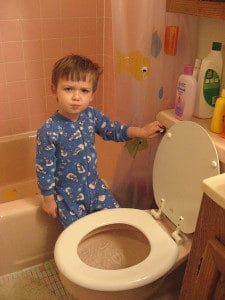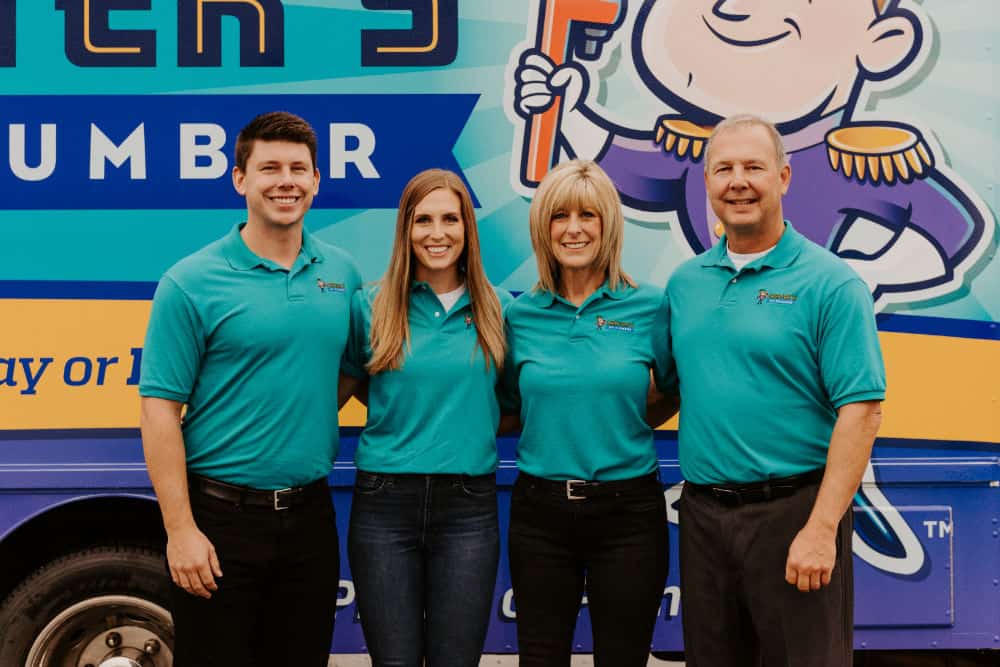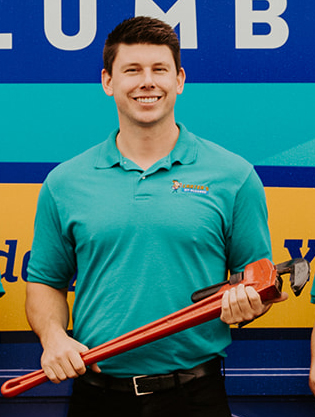Table of Contents
Handy Toilet Flush List to know what can be flushed
So, what’s okay to flush down your toilet? Use this Toilet Flush List for the know hows. The simple answer is as little as possible. When it comes to worry-free flush-ability, stick to the basics: human waste and toilet paper only. Any solid matter that you put down the toilet has the potential to cause blockages in both the public sewer and/or your own private drain. This can lead to a number of issues, including:
- Raw sewage overflowing in your home or your neighbor’s home
- An expensive and unpleasant cleanup
- Raw sewage overflowing into yards and streets
- Potential contact with disease-causing organisms
- Increase in operation and maintenance costs for local sewer departments, which in return can cause higher bills for customers
Private Drain Systems can become clogged
Private drain systems (the part of the drainage network between your home and the public sewer) use narrow pipework and sometimes have bends in them where solid objects can lodge and cause blockages. It is the responsibility of the homeowner to maintain private drainage systems if there is no approved cleanout at the front of the property line.
The list of what can be flushed is very short, however the list of things that are frequently flushed down toilets that definitely shouldn’t be is much longer! In order to prevent blockages, refrain from dumping the following items down your toilet:
- Tampons or sanitary napkins
- Bathroom wipes/Baby wipes/Disinfectant wipes
- Cotton balls and swabs
- Facial tissues
- Paper towels
- Prescription medication
- Condoms
- Dental floss
- Cigarette butts
- Band-Aids
- Cat litter
- Fats, oils and greases
- Hair
- Diapers
Sewer Damage and Back Ups
Putting the wrong things down the drain can damage the sewer system and cause sewer backups in your home. Anyone using the city sewer system is responsible for what they flush or pour down the drains. Everything that is flushed down the toilet that doesn’t dissolve ends up at wastewater treatment facilities. Workers end up sifting through what’s left in the water, including tampons, condoms, wipes and more. The trash in the water ends up where the trash always does: in the landfill. Save everyone from future headaches by disposing of things where they end up anyway: in the trash.
Try the Flushability test
Still not convinced? Try the “flushability test”! Fill two bowls with water. Place toilet paper in one, and place one of the above items in the other. Swish both items in the water. Wait an hour, and then swish again. The toilet paper should have significantly disintegrated by then, while the other item (example, Kleenex, wipes, napkins, etc.) will likely remain intact. Unless the item disintegrates at the rate of toilet paper, it should be placed in the garbage and not down your toilet. Otherwise, you risk a blockage in your pipes.




